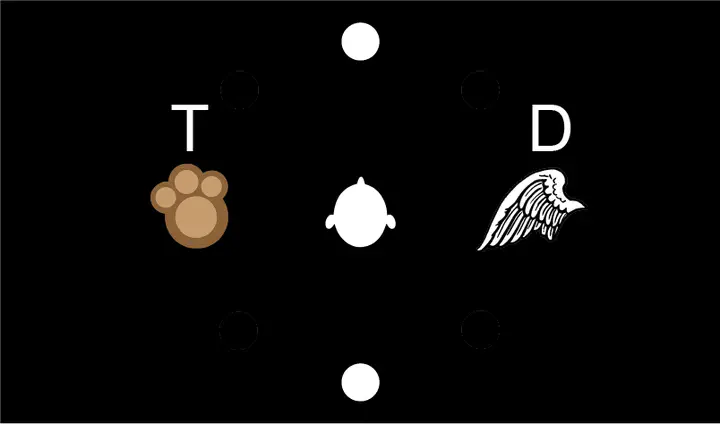Evaluation of an experiment on intentional switching of auditory selective attention for children

Abstract
Background
A considerable part of children’s development and education takes place in educational buildings like preschools and primary schools. There, children are confronted with highly complex acoustic scenes, including target speakers with many surrounding distracting sounds. Auditory selective attention enables to identify the relevant target speaker and to ignore the irrelevant sounds. This ability has been examined in several previous studies. The objective of this work is to create a suitable paradigm for children in order to investigate their auditory selective attention in comparison to adults.
Material and methods
A listening experiment with 24 young adults, aged 18 to 28 years, and 24 children, aged 6 to 10 years, was conducted to examine auditory selective attention. A paradigm on intentional switching of auditory selective attention, originally developed for adults in dichotic listening environment and then extended to a binaural listening setup, was adapted for children by adding child-oriented elements, a feedback system, and aurally-accurate auralization. Further, the previously employed digit-word categorization task was simplified for children by substituting it with an animal categorization task. To meet the expectations of complex acoustic scenes in educational buildings, a noise condition was added to the paradigm.
Results
Response times and error rates were compared between the age-groups, and between the variables attention switch, congruency, target-distractor-position combination, and noise/no noise. Significant difference between the age groups adults and children could be observed, especially with noise, while the pattern of results of the young adults was very similar to previous research.
Conclusions
The results suggest that the modified paradigm is suitable to analyze auditory selective attention of adults and children. Furthermore, the study revealed a higher sensitivity to noise in cognitive processes of children in comparison to adults. There is a need to further investigate the impact of different noise impacts on the cognitive process of children.